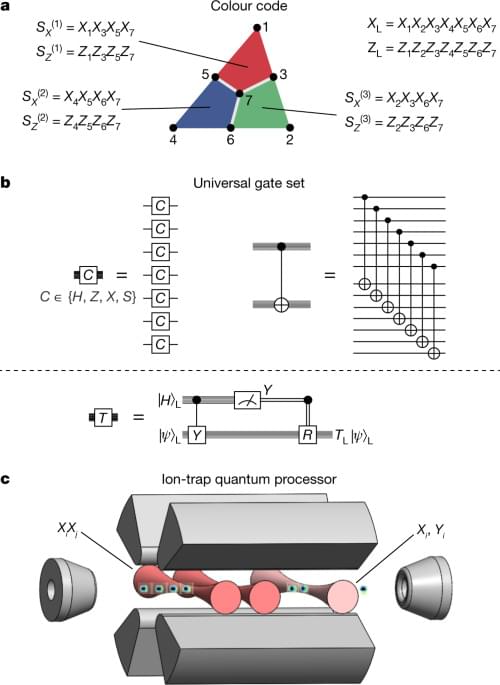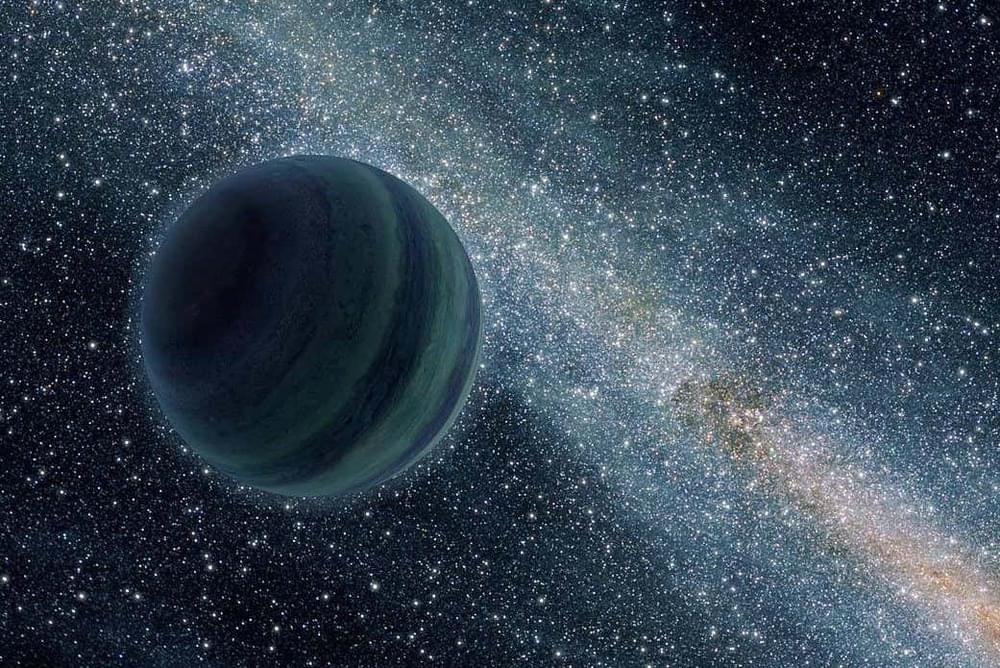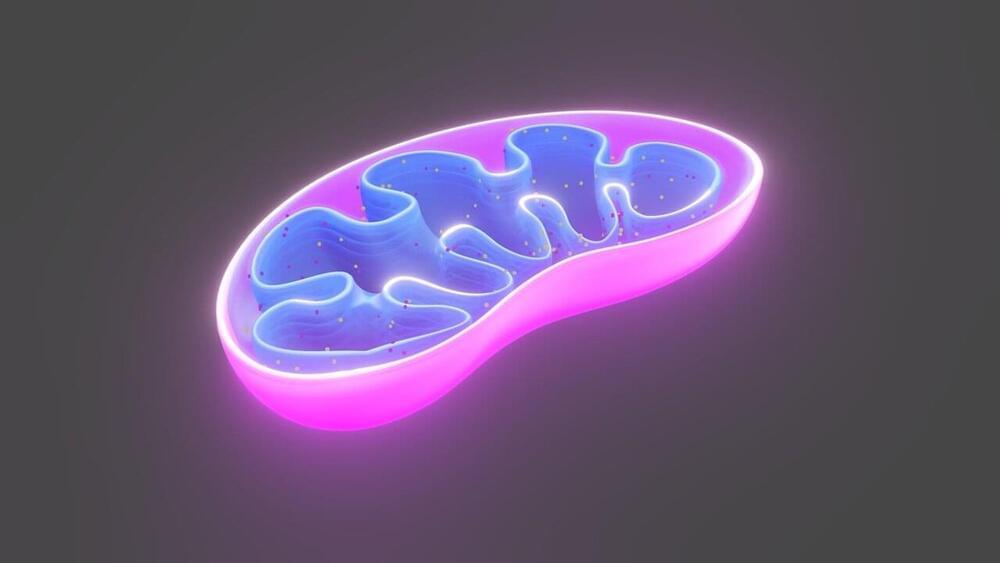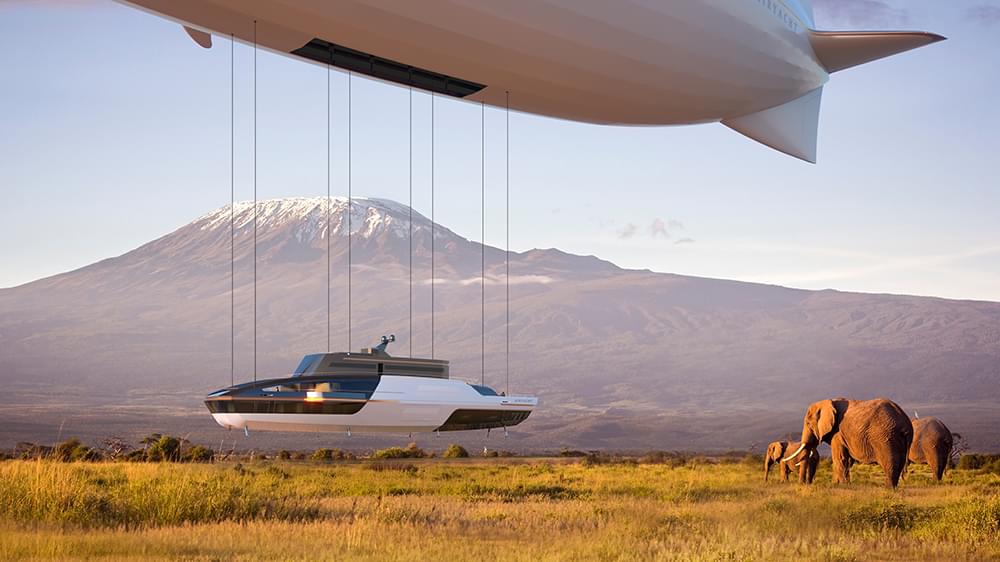Error free quantum computing 😀
A fault-tolerant, universal set of single-and two-qubit quantum gates is demonstrated between two instances of the seven-qubit colour code in a trapped-ion quantum computer.



Summary: Findings reveal the molecular mechanism for acetylcholine in learning and memory.
Source: Fujita Health University.
Patients with Alzheimer’s disease (AD) have lower levels of the neuromodulator acetylcholine (ACh) in their brains. Donepezil, an AD drug, increases brain ACh levels and improves AD-associated learning deficits.

Materials scientists and bioengineers at the intersection of regenerative medicine and bioinspired materials seek to develop shape-programmable artificial muscles with self-sensing capabilities for applications in medicine. In a new report now published in Science Advances, Haoran Liu and a team of researchers in systems and communications engineering at the Frontier Institute of Science and Technology, Jiaotong University, China, were inspired by the coupled behavior of muscles, bones, and nerve systems of mammals and other living organisms to create a multifunctional artificial muscle in the lab. The construct contained polydopamine-coated liquid crystal elastomer (LCE) and low-melting point alloys (LMPA) in a concentric tube or rod. While the team adopted the outer liquid crystal-elastomer to mimic reversible contraction and recovery, they implemented the inner low-melting point alloy for deformation locking and to detect resistance mechanics, much like bone and nerve functions, respectively. The artificial muscle demonstrated a range of performances, including regulated bending and deformation to support heavy objects, and is a direct and effective approach to the design of biomimetic soft devices.
Soft robotics inspired by the skeleton–muscle–nerve system
Scientists aim to implement biocompatibility between soft robotic elements and human beings for assisted movement and high load-bearing capacity; however, such efforts are challenging. Most traditional robots are still in use in industrial, agricultural and aerospace settings for high-precision sensor-based, load-bearing applications. Several functional soft robots contrastingly depend on materials to improve the security of human-machine interactions. Soft robots are therefore complementary to hard robots and have tremendous potential for applications. Biomimetic constructs have also provided alternative inspiration to emulate the skeleton-muscle-nerve system to facilitate agile movement and quick reaction or thinking, with a unique body shape to fit tasks and perform diverse physiological functions. In this work, Liu et al were inspired by the fascinating idea of biomimicry to develop multifunctional artificial muscles for smart applications.

When something goes wrong in mitochondria, the tiny organelles that power cells, it can cause a bewildering variety of symptoms such as poor growth, fatigue and weakness, seizures, developmental and cognitive disabilities, and vision problems. The culprit could be a defect in any of the 1,300 or so proteins that make up mitochondria, but scientists have very little idea what many of those proteins do, making it difficult to identify the faulty protein and treat the condition.
Researchers at Washington University School of Medicine in St. Louis and the University of Wisconsin–Madison systematically analyzed dozens of mitochondrial proteins of unknown function and suggested functions for many of them. Using these data as a starting point, they identified the genetic causes of three mitochondrial diseases and proposed another 20 possibilities for further investigation. The findings, published May 25 in Nature, indicate that understanding how mitochondria’s hundreds of proteins work together to generate power and perform the organelles’ other functions could be a promising path to finding better ways to diagnose and treat such conditions.
“We have a parts list for mitochondria, but we don’t know what many of the parts do,” said co-senior author David J. Pagliarini, Ph.D., the Hugo F. and Ina C. Urbauer Professor and a BJC Investigator at Washington University. “It’s similar to if you had a problem with your car, and you brought it to a mechanic, and upon opening the hood they said, ‘We’ve never seen half of these parts before.’ They wouldn’t know how to fix it. This study is an attempt to define the functions of as many of those mitochondrial parts as we can so we have a better understanding of what happens when they don’t work and, ultimately, a better chance at devising therapeutics to rectify those problems.”


28 June 10am EDT/ 4pm CET / 10pm China.
Who are the real legends in architecture? How did they become legends? And what advice might they have to offer the students of today?
This series of interviews brings together some of the leading voices from the world of architecture and beyond. The intention is to record their thoughts for posterity. Videos will be uploaded to the DigitalFUTURES library with subtitles in 12 different languages.

When people with metastatic breast cancer close their eyes at night, their cancer awakes and starts to spread.
That’s the striking finding from a paper published in Nature this week that overturns the assumption that breast cancer metastasis happens at the same rate around the clock.
The result may change the way that doctors collect blood samples from people with cancer in the future, the researchers say.
Researchers at ETH Zurich have developed a lightweight, wearable textile exomuscle that uses sensors embedded in its fabric to detect a user’s movement intentions and chip in extra force as needed. Initial tests show a significant boost in endurance.
Where powered exoskeletons act as both muscle and bone, providing force as well as structural support, exomuscles make use of the body’s own structure and simply chip in with additional force. As a result, they’re much lighter and less bulky, but they’re also limited in how much force they can deliver, since human bones and joints can only take so much.
This “Myoshirt” from ETH Zurich is designed as a vest, with cuffs for the upper arm and forearm. Sensors in the fabric feed data on muscle control impulses to a control box, which processes the information in real time and decides when to actuate the artificial muscles – which are short Dyneema cables aligned parallel with the wearer’s own muscles. By shortening the cables as the muscles contract, the Myoshirt is able to contribute power to your movements in a subtle, discreet, intuitive and tuneable way.